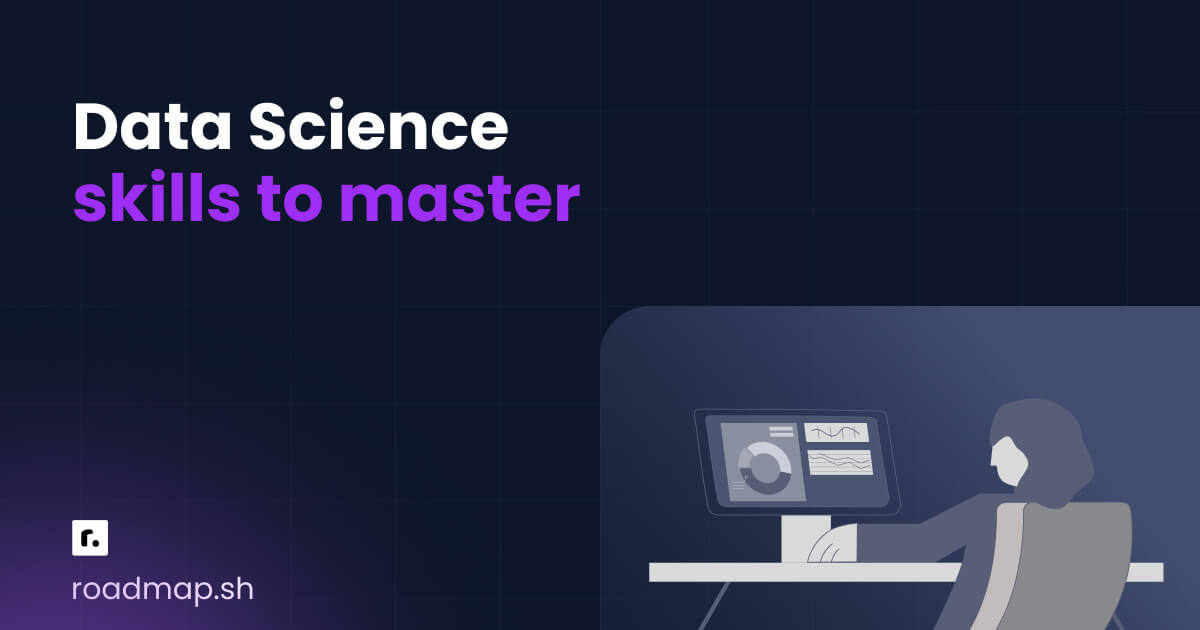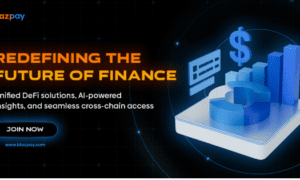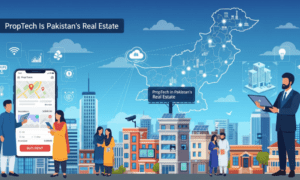Data science remains one of the most sought-after professions throughout industries. Advanced analytical skills are highly sought after by companies, looking to derive actionable information from data. If you want to make a career in data science, you need to master the right skills through proper data science training.
In this article we’ve covered the most important skills you’ll need learn in 2025 to remain competitive in the job market. These skills will set you apart whether you are just a graduate, a professional employed, or someone who is upskilling.
1. Programming Skills
1.1 Python
- Most widely used language in data science trainingand industry projects.
- Libraries like Pandas, NumPy, Scikit-learn, TensorFlow, and PyTorchmake it powerful.
- Used for data analysis, visualization, and machine learning.
1.2 R
- Popular for statistical computing and data visualization.
- Libraries like ggplot2, dplyr, tidyr, and caretsupport data manipulation and modeling.
- Preferred by researchers and academic professionals.
1.3 SQL
- Essential for data extraction and manipulation in databases.
- Used in relational databases like MySQL, PostgreSQL, and Microsoft SQL Server.
- Key skill for handling structured data in data science projects.
2. Data Manipulation and Analysis
2.1 Data Cleaning
- Raw data often contains missing values, duplicates, and errors.
- Using Pandas (Python) or dplyr (R)helps in cleaning and preprocessing datasets.
- Critical for accurate analysis and model building.
2.2 Exploratory Data Analysis (EDA)
- Helps in understanding data patterns, relationships, and distributions.
- Techniques include data visualization, correlation analysis, and feature engineering.
- Tools: Matplotlib, Seaborn, Tableau, and Power BI.
3. Statistics and Probability
3.1 Descriptive Statistics
- Measures of central tendency (mean, median, mode).
- Measures of dispersion (variance, standard deviation, range).
- Used to summarize and interpret data.
3.2 Inferential Statistics
- Hypothesis testing, confidence intervals, and regression analysis.
- Helps in making predictions and drawing conclusions from sample data.
3.3 Probability Distributions
- Knowledge of normal, binomial, Poisson, and exponential distributions.
- Important for statistical modeling and machine learning.
4. Machine Learning Fundamentals
4.1 Supervised Learning
- Includes algorithms like Linear Regression, Logistic Regression, Decision Trees, and Random Forests.
- Used for prediction and classification tasks.
4.2 Unsupervised Learning
- Focuses on clustering and association techniques.
- Algorithms include K-Means Clustering, Hierarchical Clustering, and PCA (Principal Component Analysis).
4.3 Deep Learning
- Uses neural networks for advanced AI applications.
- Frameworks like TensorFlow and PyTorchare widely used.
- Important for image processing, NLP, and predictive analytics.
5. Data Visualization
5.1 Python Visualization Tools
- Matplotlib and Seabornfor static plots.
- Plotlyfor interactive visualizations.
5.2 Business Intelligence (BI) Tools
- Tableau and Power BIfor dashboards and real-time insights.
- Widely used in corporate settings to present data.
6. Big Data Technologies
6.1 Apache Spark
- Used for large-scale data processing.
- Faster than traditional methods like Hadoop.
6.2 Hadoop and Hive
- Used for distributed data storage and processing.
- Essential for handling big data.
7. Cloud Computing for Data Science
7.1 AWS (Amazon Web Services)
- Services like S3 (storage), Lambda (serverless computing), and SageMaker (ML models).
- Used by enterprises for scalable ML solutions.
7.2 Google Cloud Platform (GCP)
- BigQuery for data analytics.
- Vertex AI for ML model deployment.
7.3 Microsoft Azure
- Azure Machine Learningfor end-to-end ML development.
- Azure Data Factoryfor data integration and ETL processes.
8. Natural Language Processing (NLP)
8.1 Text Preprocessing
- Tokenization, stopword removal, and stemming/lemmatization.
- Libraries: NLTK, SpaCy.
8.2 Sentiment Analysis
- Used in customer feedback, social media analytics.
- Machine learning models classify text into positive, negative, or neutral.
8.3 Transformers and Large Language Models (LLMs)
- BERT, GPT, and other transformer models.
- Used for chatbots, content generation, and AI applications.
9. Business and Domain Knowledge
- Understanding industry-specific challenges.
- Applying data science trainingto real-world problems.
- Fields include healthcare, finance, marketing, and e-commerce.
10. Soft Skills for Data Scientists
10.1 Communication Skills
- Ability to explain complex data insights in simple terms.
- Presenting findings to non-technical stakeholders.
10.2 Problem-Solving Skills
- Identifying patterns, trends, and anomalies in data.
- Making data-driven decisions.
10.3 Teamwork and Collaboration
- Working with cross-functional teams, including engineers, analysts, and business leaders.
11. Enrolling in the Right Data Science Training Program
11.1 Caltech Data Science Programs
- Offers structured data science trainingfor beginners and professionals.
- Covers machine learning, deep learning, and big data.
- Includes hands-on projects and real-world case studies.
Explore Caltech Programs.
11.2 Other Popular Data Science Courses
- MIT Data Science Program– Advanced research-based learning.
- Harvard Data Science Professional Certificate– Covers Python, ML, and AI fundamentals.
- Stanford Machine Learning Course– Led by Andrew Ng, focuses on ML algorithms.
12. Conclusion
The key to succeed in Data science in 2025 will be mastering technical, analytical, and business skills. Whether you go for a data science training program like from Caltech or you self-educate yourself by taking online courses, staying with the latest trends will always ensure your growth in your niche.
Building a foundation in a rewarding data science career through such technical courses introduces you to programming, statistics, ML, big data, cloud computing and soft skills.



































